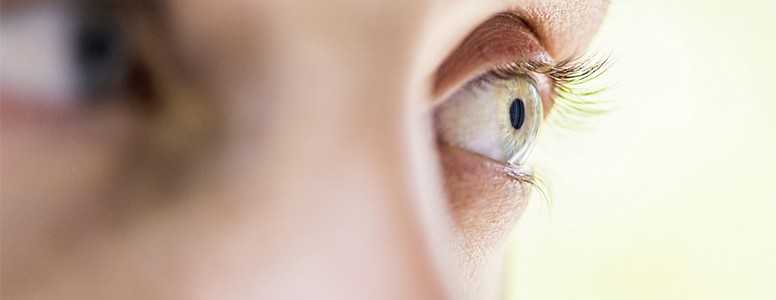New research from scientists at Indiana University (IU) could lead to better treatment for diabetic retinopathy.
Diabetic retinopathy is currently treated with injections into the eye or multiple, invasive procedures such as laser surgery. But IU researchers have developed a virtual retina model that can predict where damage will occur in retinopathy patients, signalling a potential new treatment target.
Diabetic retinopathy occurs when prolonged hyperglycemia leads to retina damage, which can cause blindness. This can be prevented if retinopathy is detected early, and University of Liverpool scientists are currently working on speeding up this process.
A major challenge in treating diabetic retinopathy is the unpredictability in which retina damage can progress, but IU researchers believe their new paper demonstrates why this is the case.
In the virtual retina model, the IU team shows that a blocked vessel leads a loss of oxygen in the retina. This then triggers the release of vascular endothelial growth factor (VEGF), which repairs damage by creating new blood vessels. But this can result in blockage in the surrounding vessels, creating a “domino effect”.
By calculating how much one blood vessel is blocked, IU researchers can predict the blockage in other nearby vessels. This allows them to predict the rate and pattern of expanding vascular damage.
Current treatment for retinopathy involves laser photocoagulatio, which burns across the back of the retina. However, the burns destroy the areas that consume oxygen, allowing additional oxygen to move from deeper vessels behind the retina, which can cause blind spots.
Instead, IU researcher Dr Thomas Gast and colleagues recommend an individualised therapy in which much smaller burns are strategically placed in areas where damage is predicted to spread the most.
Gast explains: “Our analysis suggests treatment of the retina with a large number of very small laser burns could prevent this ‘domino-like’ progressive loss of small retinal blood vessels and prevent elevation of VEGF and the major complications of diabetic retinopathy.”
Not only would this treatment limit the need for multiple procedures, it would reduce the probability that damage will spread in-between treatments.
The study team’s next step is to test their findings on animals and then develop clinical trials to implement this new treatment in humans.
What's new on the forum? ⭐️
Get our free newsletters
Stay up to date with the latest news, research and breakthroughs.







